by Eric Niderost
The castle (shiro) played an important role in 16th- and early 17th-century Japan. Like its medieval counterparts in Europe, the Japanese castle was a fortified building or series of buildings that had both defensive and offensive capabilities. The shiro was the seat of the daimyo or lord, a place where he could dominate surrounding territory and rule his domain in reasonable safety. Although it was a fortress it was also a home where the daimyo, his family, and his retainers could live. The castle’s main function was defensive, but it could also serve as a secure base for offensive operations.
[text_ad]
“Laying Down Ropes”
When a castle was about to be built, a proper site had to be chosen. Once that was determined, the size and structure had to be planned, such as how much land the castle would encompass. In Japanese the word “territory” is nananari, which means “to lay down ropes.” In planning the structure ropes were literally used to determine its size and dimensions.
In theory a castle had three fortified compounds, or baileys. The most important was the honmaru or inner bailey, the place where the lord had his headquarters and residence. The honmaru was noted for having one or more tenshu or towers. The ninomaru was the second bailey, and the sanmaru the third bailey. Both featured a labyrinth of passageways, storehouses, and living quarters. The chaotic design was purposeful. Should an attacker breach the outer defenses, he would get lost in the maze of passageways and buildings. While he searched for routes to the inner citadel, he would be subjected to heavy fire.
Talismans to Guard Against Fire and Other Disasters
Each bailey or maru was encircled by sturdy stone walls called ishigaki, basically stones embedded in an earthen embankment. The stones were placed without mortar, and the wall flared out into a wide base. These techniques were developed to help castles withstand the earthquakes so frequent in Japan.
The castle buildings themselves were made of wood and plaster. The framework would be prefabricated in a master carpenter’s shop, then assembled at the castle site. The wood construction of Japanese castles made them very vulnerable to fire. Buildings were plastered as a form of fireproofing, giving many castles a striking white appearance. Even so, lighting and interior fires destroyed many fortresses. Castles had killer whale talismans (shachi) perched tail-up on the edges of roofs, guardians against the threat of fire.
The Heart of the Castle
Dobei, small-roofed walls made from reed, bamboo and clay, often snaked on the top of stone ishigaki. There were also tamon yagura, one-story galleries made of wood and plaster that were pierced by tepposama, funnel-shaped arrow or musket ports for defensive fire.
The main tenshu or keep was the heart of any castle, a place where the daimyo and his family lived, and the last bastion of defense. There were often secondary keeps, and Osaka Castle had these in abundance. In its heyday Osaka had 48 large tenshu and 76 smaller ones.
Castle storehouses (yagura) held supplies of weapons, food, and other items. The word comes from ya ( “arrow”) and gura (“storehouse”). They were well named, because such storehouses would house the thousands of arrows a castle needed to fend off attackers.
Japanese Murder Holes
Tenshu were pierced with small protruding chutes called ishi-otoshi, translated “stone dropping.” If attackers tried to climb the sides of a wall or keep, defenders would literally drop stones, boiling water, or hot oil on their heads via the ishi-otoshi. The principle is much the same as the “murder holes” often found in European castles.
A castle was only as good as its water supply. A well at Osaka Castle was dubbed kimmeisui, “gold sparkling water,” for its inexhaustible supply of fresh, clear water.
Opulence As Well As Defense
Castles were not only for defense; they also proclaimed the wealth and power of their owners. During the Toyotomi period Osaka Castle was known for its opulence and strength. The main keep had gilded tiles and golden shachi talismans, but this dazzling display only hinted at the treasure within. Hideyori’s father Hideyoshi was a man known for his wealth. The castle tea room walls were gilded, and his tea service utensils were all made of pure gold.
Japanese castles declined in importance after 1615, in large part because the country was at peace. The Tokugawa Shogunate and the end of the civil wars eliminated any need for such elaborate defenses.
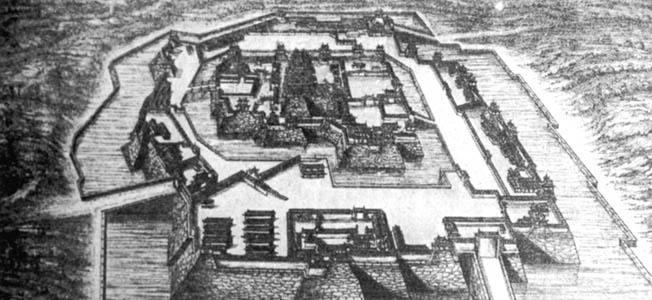

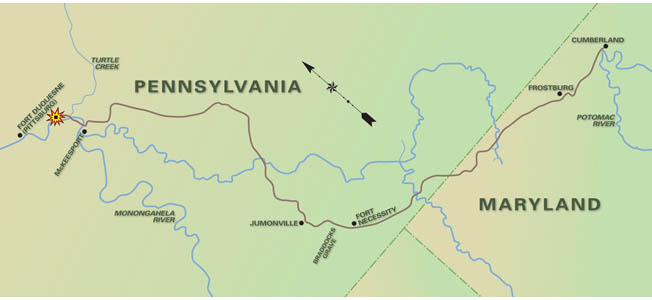

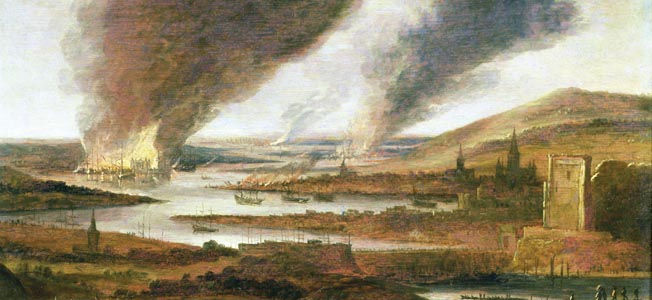
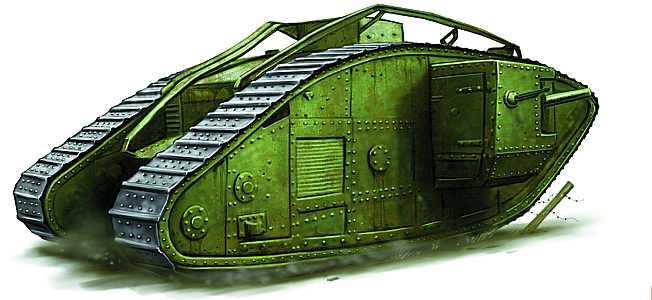
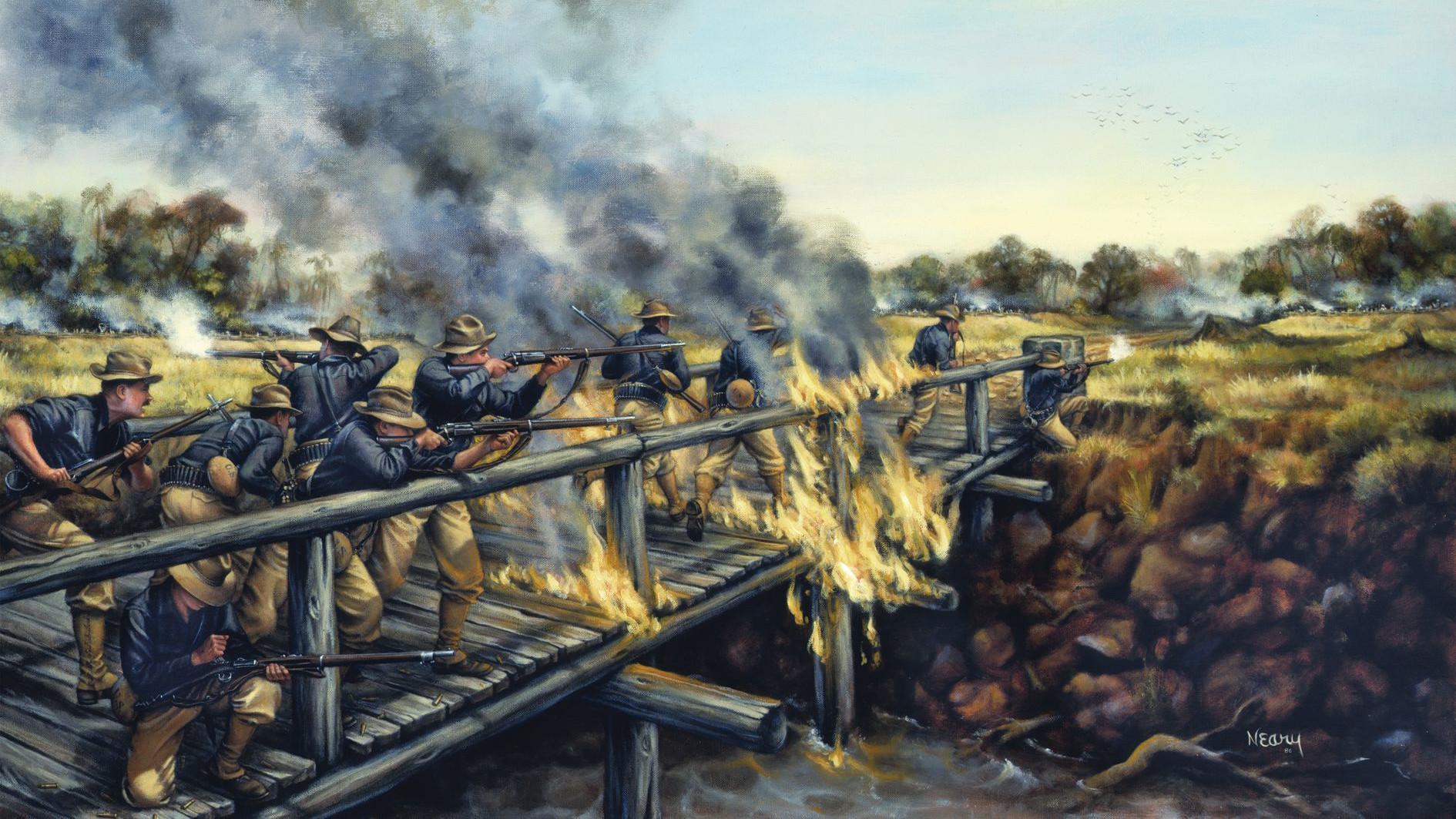
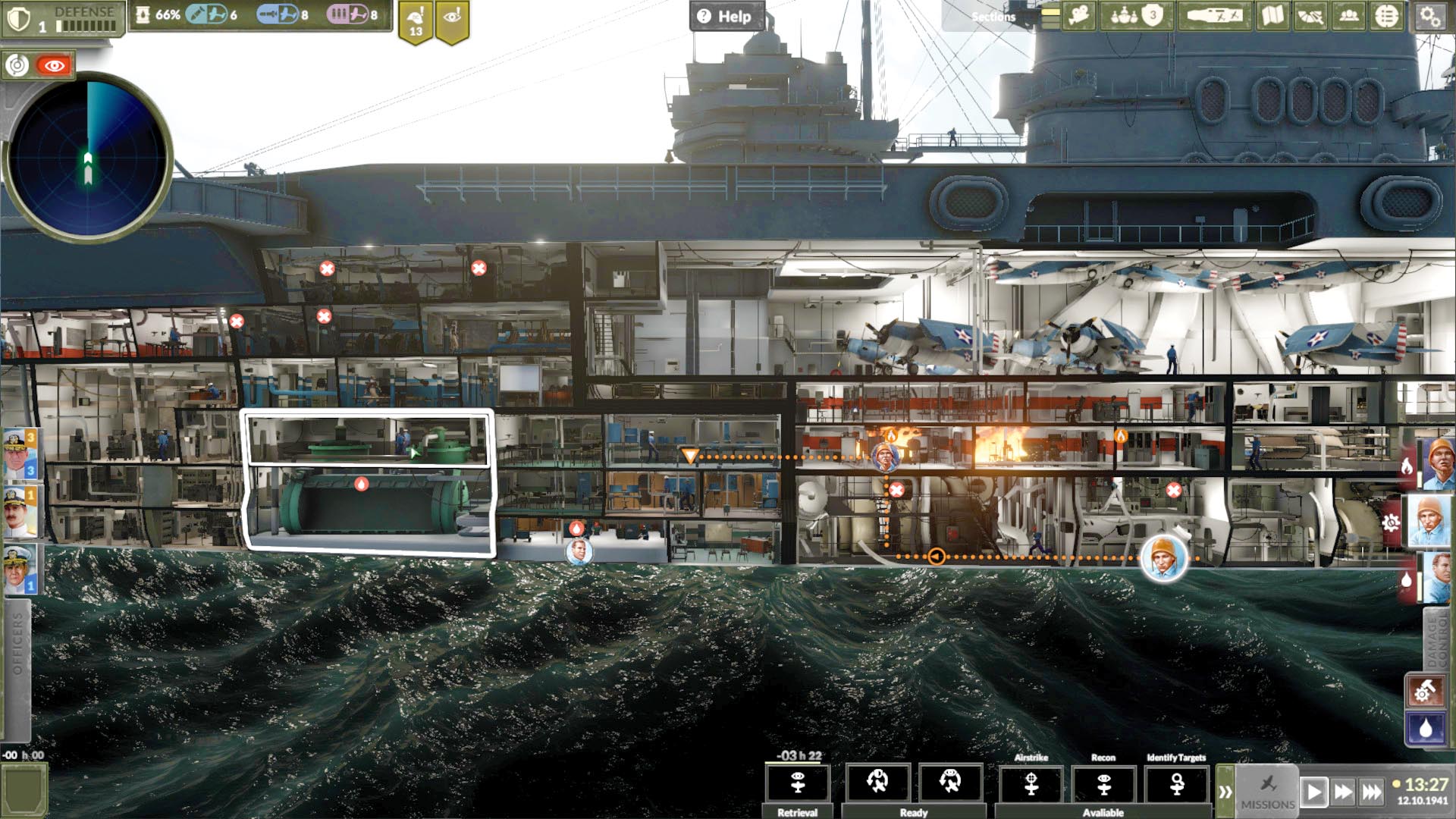
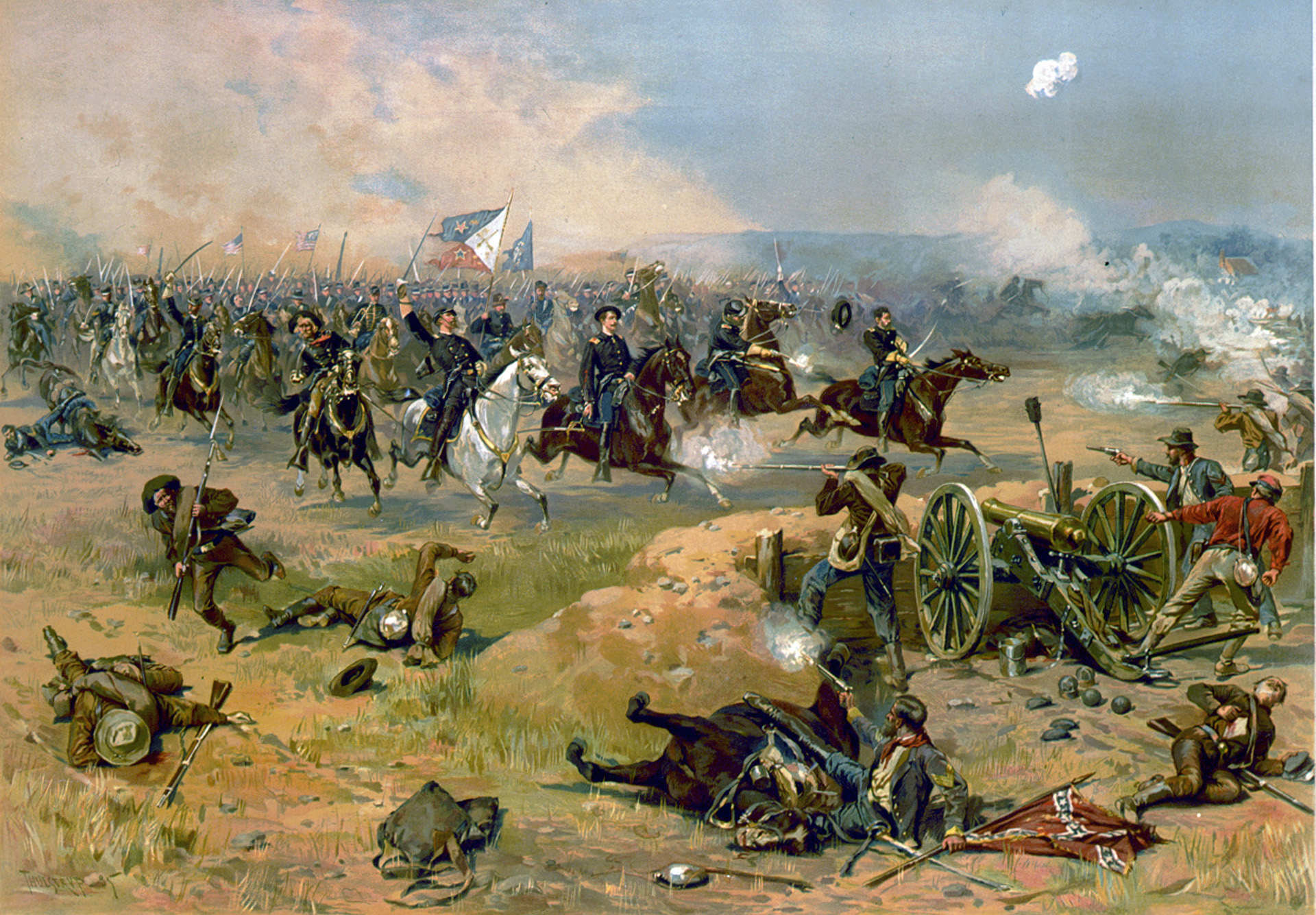
Join The Conversation
Comments
View All Comments